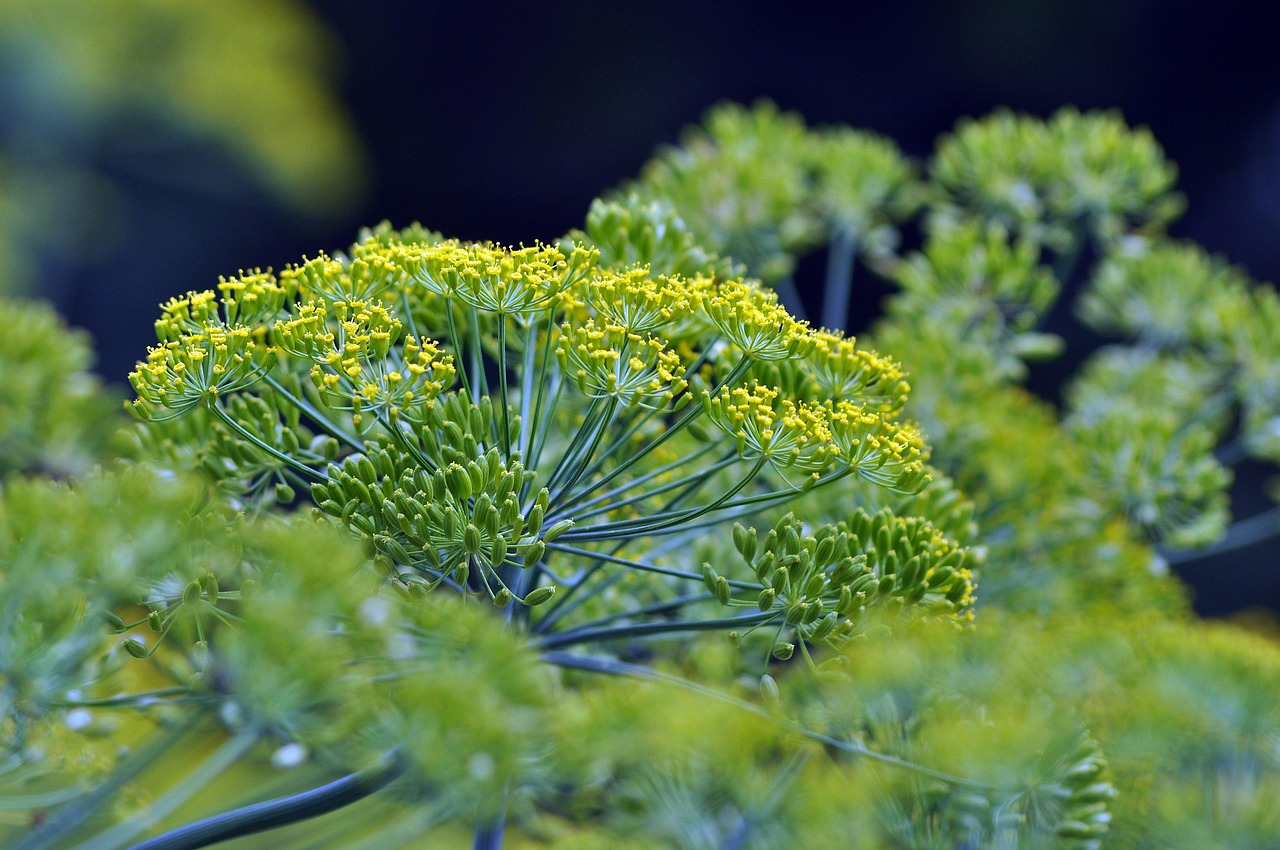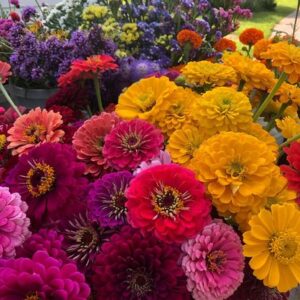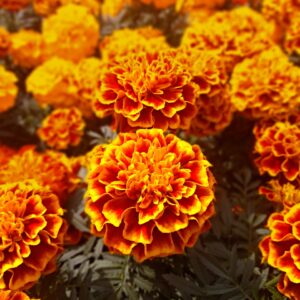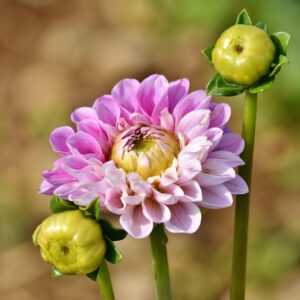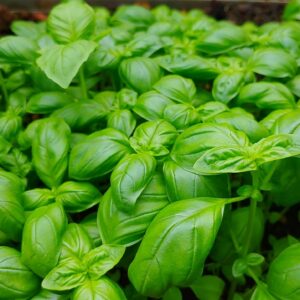Dill (Anethum graveolens) – A Feathery Herb with Culinary and Medicinal Uses
Dill is a fast-growing, aromatic annual herb in the parsley family (Apiaceae), known for its feathery green foliage, yellow flowers, and distinct tangy flavor. Native to Southwestern Asia and the Mediterranean, it is prized for its use in cooking, pickling, and traditional medicine. Both the leaves (known as dill weed) and seeds are edible and widely used in a variety of dishes.
Foliage (Leaves): Soft, feathery, and finely divided leaves, light green in color. Aromatic, with a distinctive tangy, slightly anise-like flavor. Often used fresh as a garnish or seasoning.
Flowers: Produces umbrella-shaped clusters (umbels) of tiny, bright yellow flowers in mid to late summer. Flowers eventually produce oval-shaped seeds that are highly aromatic.
Height & Spread: Grows 2 to 4 feet tall and 6 to 12 inches wide. Slender, upright stems with hollow, grooved structure.
Roots: Shallow, fibrous root system, suitable for containers or garden beds.
Growth Habit: Fast-growing annual, completing its life cycle in a single growing season. Self-seeds easily, often returning year after year in the garden.
Uses of Dill
Culinary Uses:
- Dill Weed: Used fresh or dried in salads, soups, sauces, and marinades. Essential for flavoring pickles, hence the name dill pickles.
- Dill Seeds: Used in bread, stews, and pickling brines. Adds a slightly stronger, more pungent flavor than the leaves.
Medicinal Uses: Traditionally used to aid digestion and relieve bloating. Contains antioxidants and has mild antimicrobial properties.
Benefits of Growing Dill
Pollinator Attraction: Dill flowers attract bees, butterflies, and other beneficial insects. A host plant for Black Swallowtail butterfly caterpillars.
Companion Planting: Grows well with cucumbers, cabbages, onions, and lettuce. Helps repel pests like aphids and spider mites.
Care Instructions for Growing Dill
Light: Requires 6–8 hours of full sun daily.
Soil: Thrives in well-drained, slightly acidic to neutral soil (pH 5.5–7.0).
Watering: Keep soil evenly moist but avoid overwatering.
Planting: Sow seeds directly in the garden after the last frost. Thin seedlings to 8–12 inches apart for healthy growth. Maintenance: Harvest leaves early, as flowering can reduce leaf flavor. Allow some plants to flower and seed if you want self-sowing.
Name Origin: The name “dill” comes from the Old Norse word “dilla,” meaning “to soothe,” reflecting its traditional use for calming digestion.

